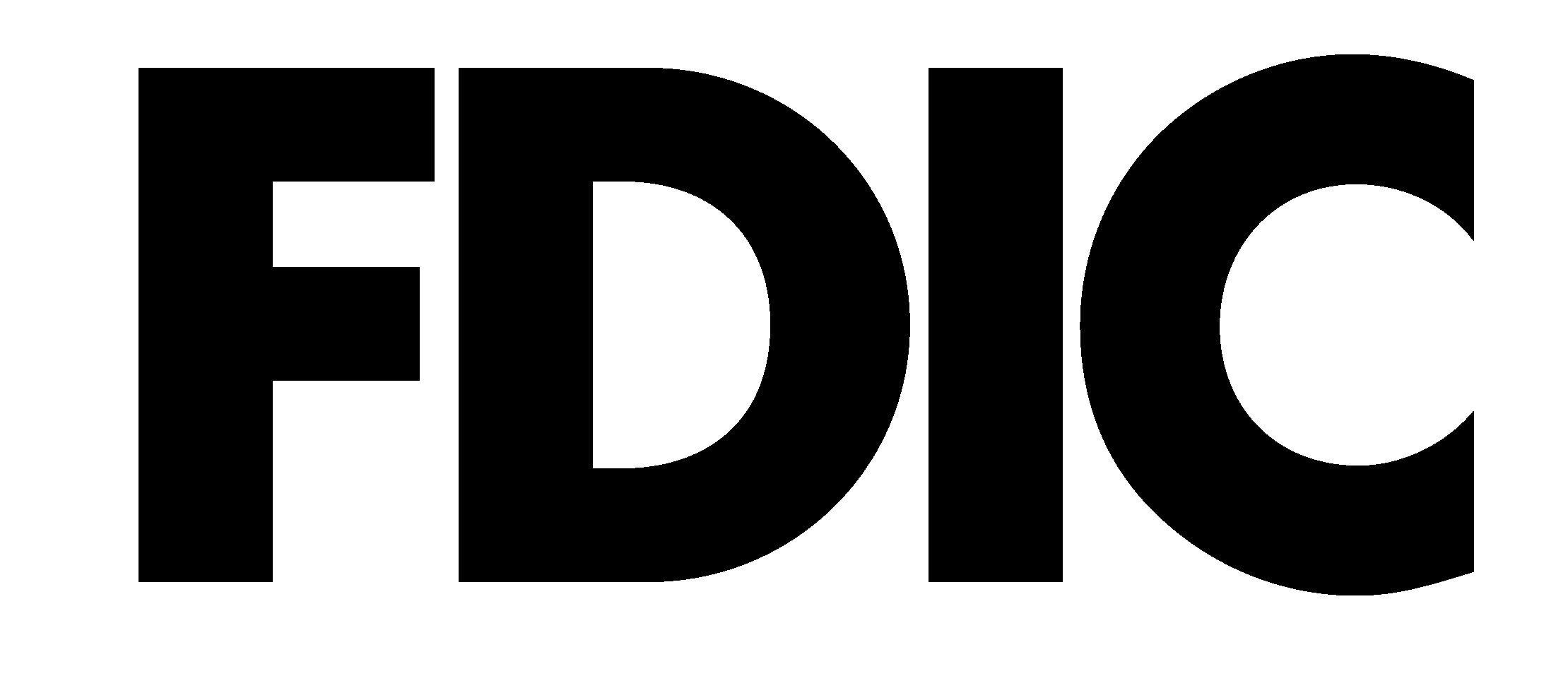Financial education
Welcome to Class!Together with the ABA Foundation, First United offers financial education classes and printable materials for kids. You can find information below for children in grades: K-2, 3-5 and 6-8.
Grades K-2: Living Green, Saving Green.
In this lesson, students will learn how living “green” can save “green”. The students choose between options that are environmentally friendly and ones that aren’t. In each case, the environmentally friendly choice also saves money. Each time a money-saving choice is selected, coins are added to a reusable water bottle to show how the collective savings adds up.
Mission
Teach Children to Save Day
Established by the American Bankers Association Foundation in 1997, Teach Children to Save and the Foundation’s other financial education initiatives have helped reach 10.5 million young people through the commitment of more than 260,000 banker volunteers.
“Familiarizing students with financial education fundamentals at an early age puts them on a path to becoming smart money-managing adults,” said Kim Moyers, Market President. “Teach Children to Save is a great opportunity for us to share our passion for financial education and improve our local community.”
Grades 3-5: Secret Agent Savings
In this lesson, students learn that one way to save their money is to protect it and the information needed to get at it. Students play the role of secret agents while listening to a story and identify times the main character makes savings mistakes.
FOR MONEY-SAVVY PARENTS
More Tips
First United, along with the ABA Foundation, want to provide financial education initiatives and resources that help bankers make their communities better. The association’s signature initiatives, Teach Children to Save, Get Smart About Credit, Lights, Camera, Save! and Safe Banking for Seniors bring bankers and students of all ages together to enhance financial education. The following additional tips can help raise money-smart kids!
Set the example
Set the example of a responsible money manager by paying bills on time, being a conscientious spender and an active saver. Children tend to emulate their parents’ personal finance habits. Share this Roadmap to Financial Responsibility with your kids.
Talk openly about money
Talk openly about money with your kids. Communicate your values and experiences with money. Encourage them to ask you questions, and be prepared to answer them – even the tough ones. See this list of eight ways to talk openly with your kids about saving money.
Needs vs Wants
Explain the difference between needs and wants, the value of saving and budgeting and the consequences of not doing so.
Open a savings account
Open a savings account for your children and take them with you to make deposits so they can learn how to be hands-on in their money management.
Let friends and family know
Let friends and family know about your child’s savings goal. They will be more likely to give cash for special occasions, which means more trips to the bank.
Put the literacy in financial literacy
Put the literacy in financial literacy. Encourage your children to read books that cover various money concepts. Not only will they become strong readers, but they will be smart money managers, too. Click here for a list of titles for all ages.
Engage your community
Engage your community. Many schools, banks and community organizations share your commitment to creating a money-savvy generation. Engage a coalition of support to provide youth with the education they need to succeed.
Grades 6-8: Double or Nothing.
In this lesson, students will see the difference between simple and compound interest and be able to recognize realistic rates of return.

